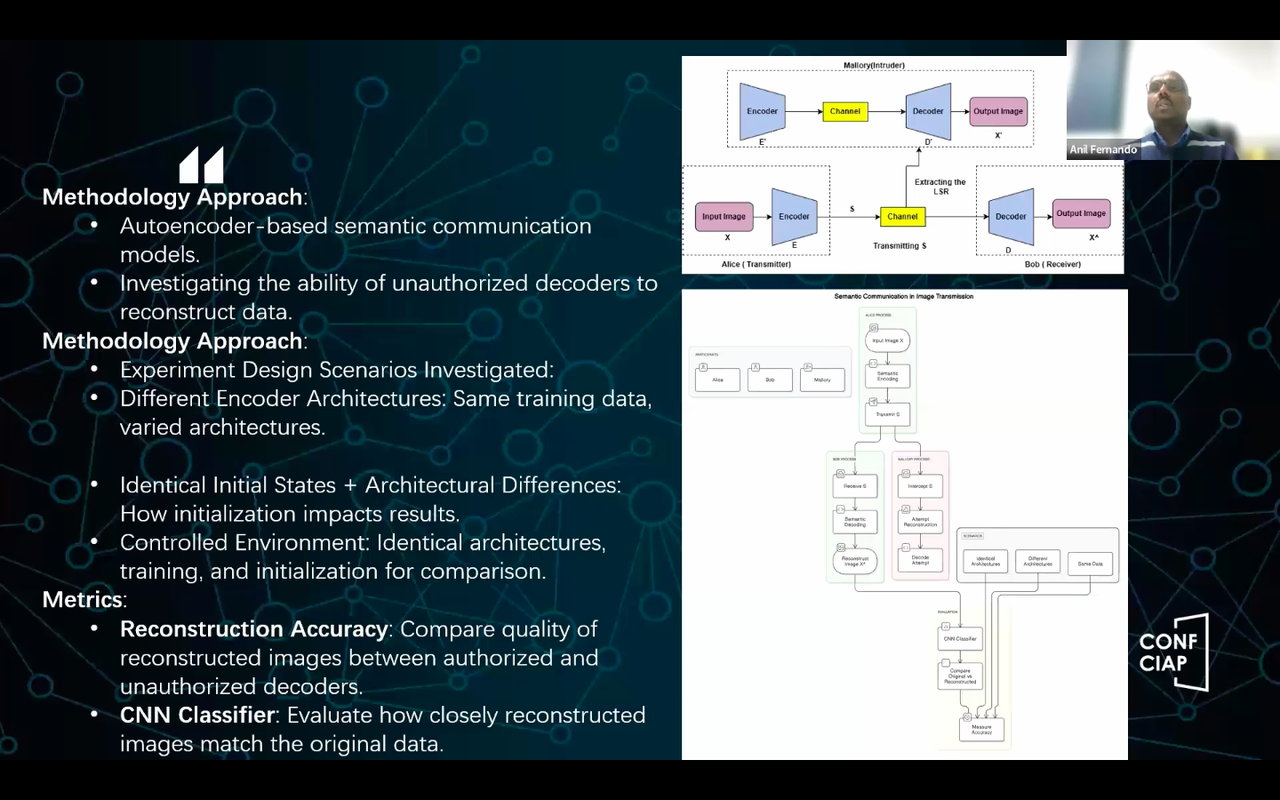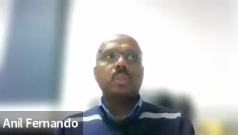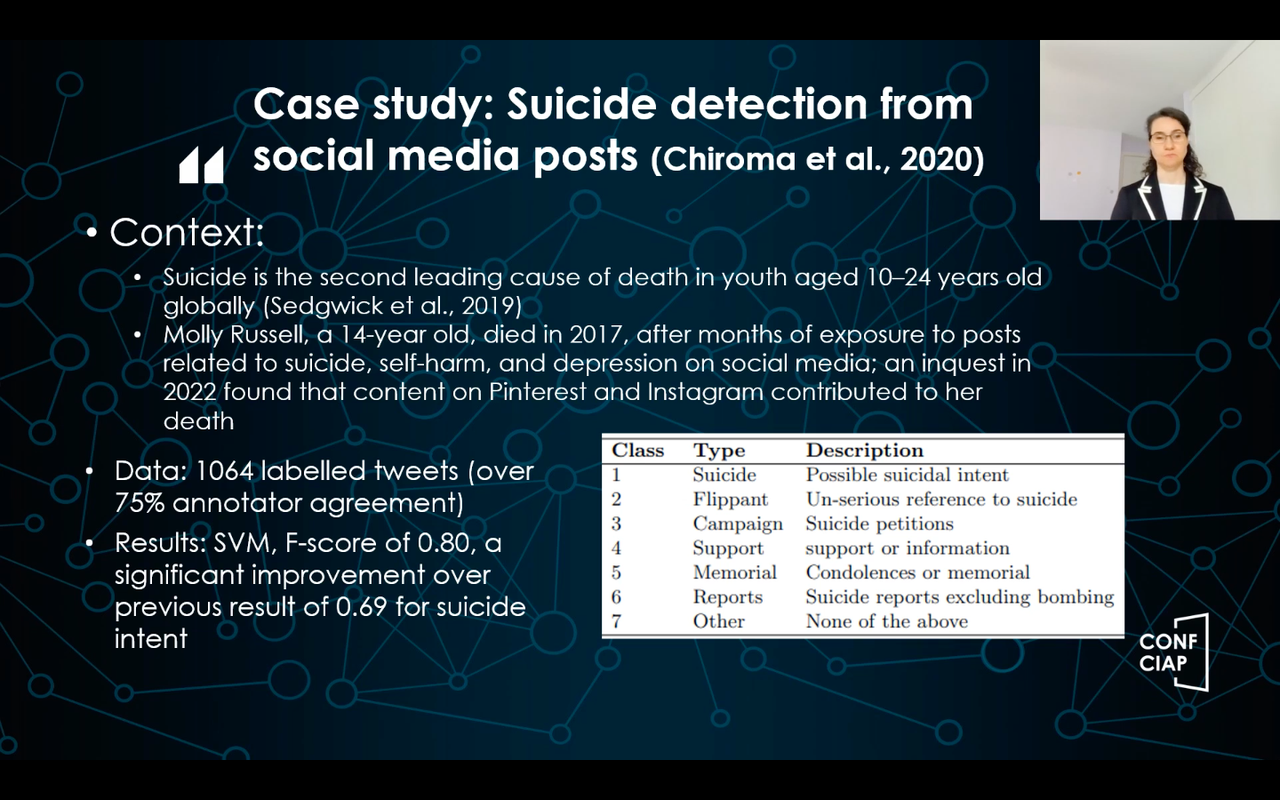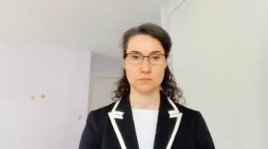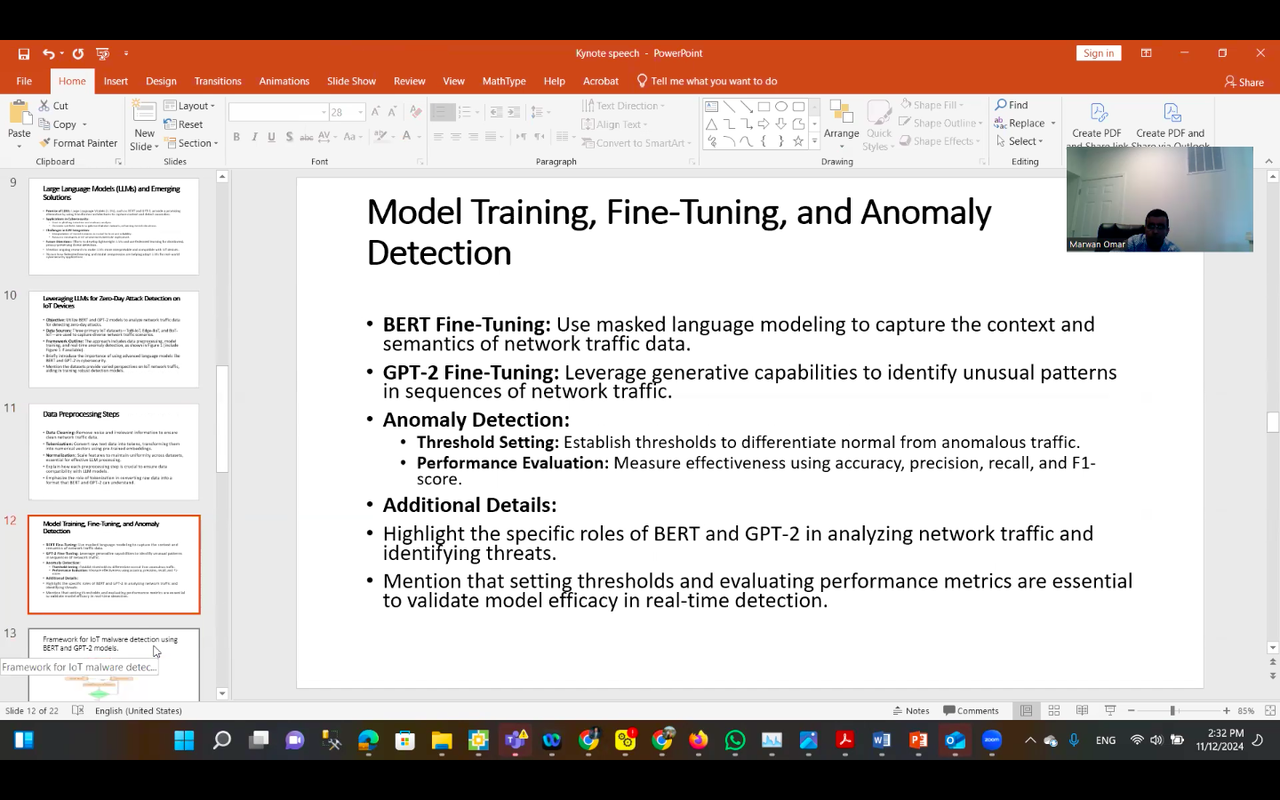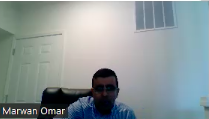CONF-CIAP 2025
The 4th International Conference on Computing Innovation and Applied Physics (CONF-CIAP 2025) was a hybrid conference which includes several symposium series (offline and online) around the world. Dr. Ömer Burak İstanbullu from Eskişehir Osmangazi University, Dr. Marwan Omar from Illinois Institute of Technology, Dr. Anil Fernando from University of Strathclyde, and Dr. Xinqing Xiao from China Agricultural University have chaired these symposium series on related topics. CONF-CIAP 2025 provided the participants with good opportunities to exchange ideas and build networks, and it will lead to further collaborations between both universities and other societies.
Symposium Series
Eskişehir Osmangazi University
Symposium Chair: Dr. Ömer Burak İstanbullu, Assistant Professor in Eskişehir Osmangazi University
The symposium successfully addressed critical challenges and advancements in ensuring MRI safety for patients with metallic implants. Experts, researchers, and professionals from biomedical engineering and materials science convened to explore MRI technology, focusing on its physical principles and clinical imaging sequences, such as T1, T2, Spin-Echo, and Gradient-Echo. Detailed discussions examined the design and properties of metallic biomaterials, their interactions with MRI fields, and associated adverse effects, including RF-induced heating, magnetically induced forces, and image artifacts. Emphasis was placed on understanding these interactions to develop strategies for minimizing risks and enhancing patient safety. The symposium also highlighted MRI safety analysis protocols, including simulations to assess RF-induced heating and magnetically induced forces on implants, ensuring compliance with international safety standards. Case studies and collaborative discussions provided insights into advanced simulation techniques for evaluating implant performance and mitigating MRI-induced complications. The event achieved its goals of fostering multidisciplinary collaboration, advancing biomaterial design for improved MRI compatibility, and establishing best practices for MRI safety analysis. Participants left with a comprehensive understanding of current research and practical approaches to improve MRI protocols, enhance diagnostic accuracy, and broaden the safe application of MRI for individuals with implants.

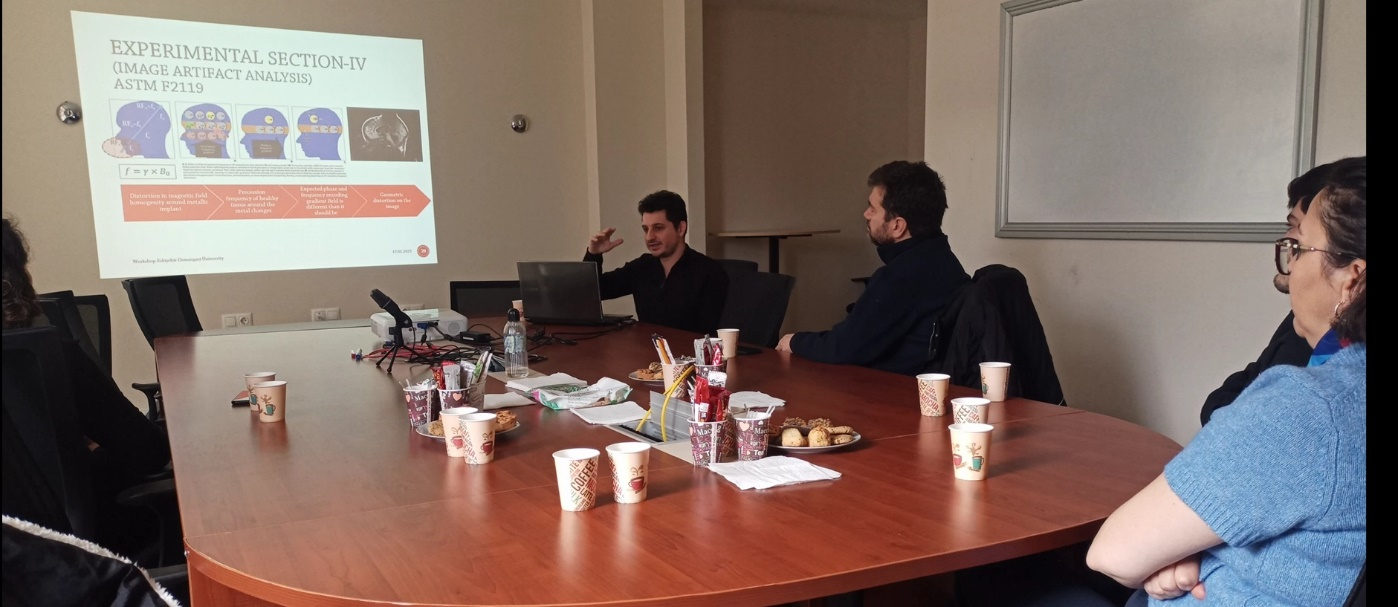
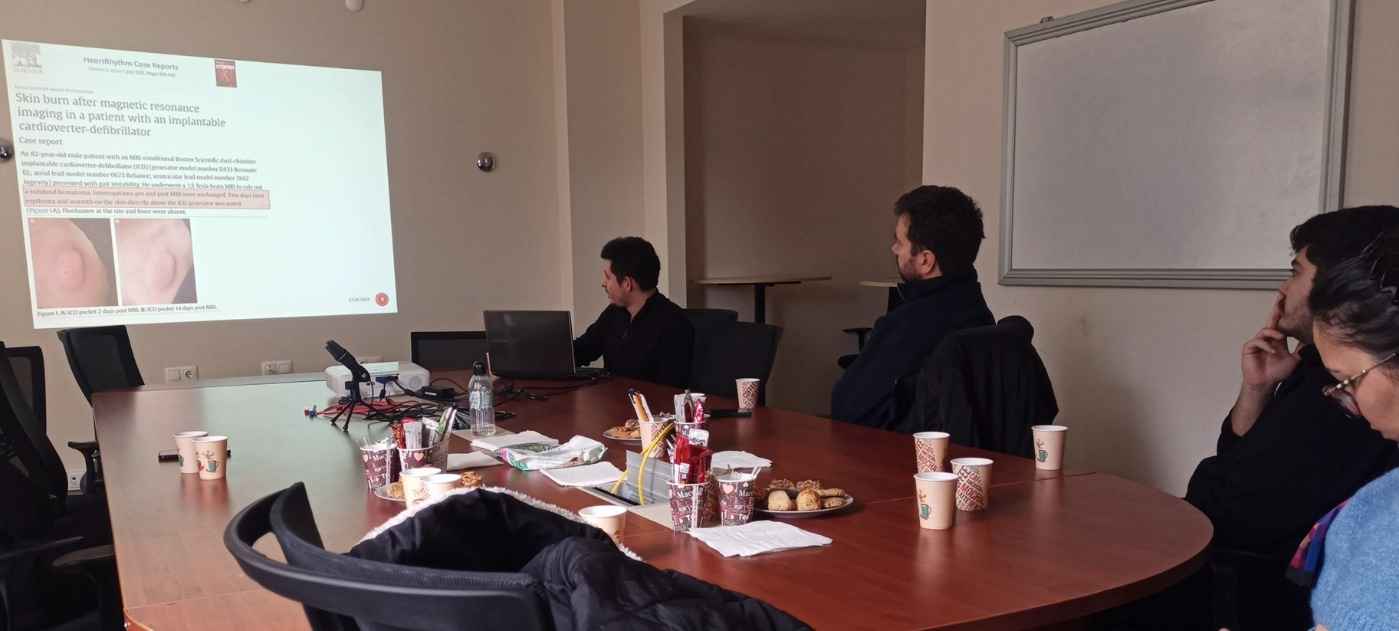
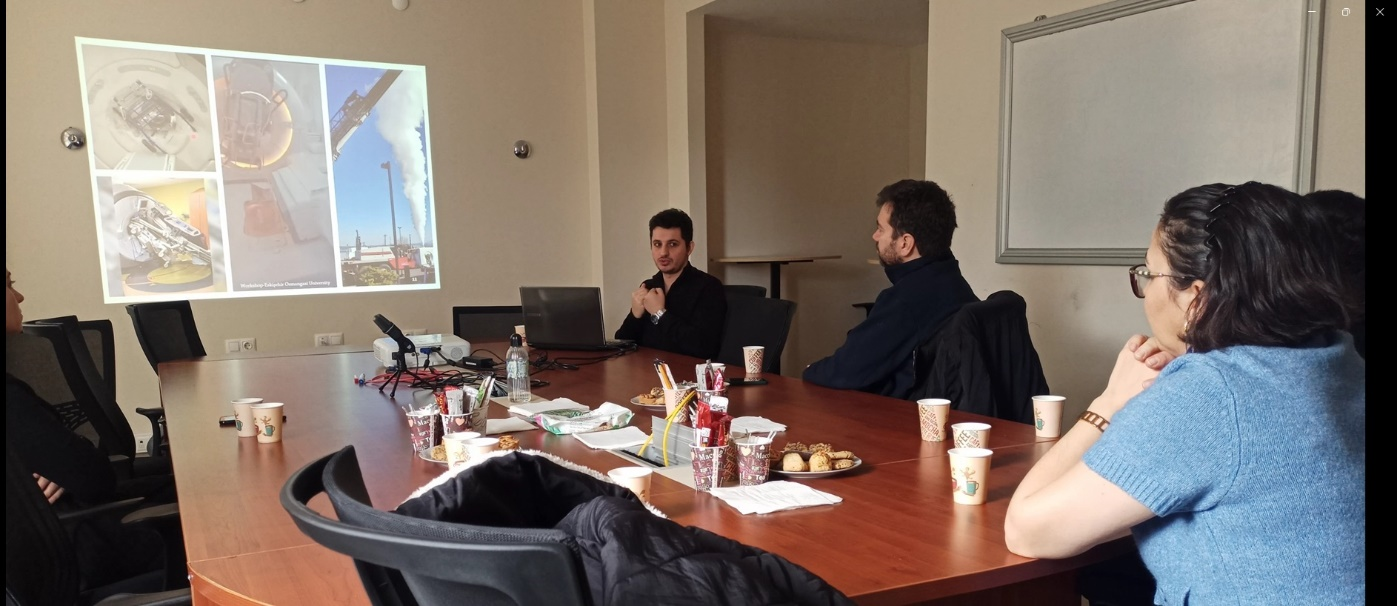
ITM Department, Illinois Institute of Technology, USA
Symposium Chair: Dr. Marwan Omar, Associate Professor in Illinois Institute of Technology
The symposium titled "Harnessing the Power of LLMs to Detect Software Vulnerabilities" will explore the cutting-edge intersection of artificial intelligence and cybersecurity. This symposium is designed to provide participants with an in-depth understanding of how Large Language Models (LLMs), such as GPT and BERT, can be leveraged to enhance software vulnerability detection. Attendees will learn about the latest techniques in training LLMs to identify zero-day vulnerabilities, malware, and other security threats within software systems. The symposium will cover both theoretical frameworks and practical applications, demonstrating how LLMs can be trained to recognize patterns and anomalies in code that indicate potential security risks. Participants will engage in hands-on sessions where they will work with LLMs to analyze real-world software scenarios, gaining insights into the challenges and opportunities in this emerging field. By the end of the symposium, attendees will have a comprehensive understanding of how to harness the power of LLMs to strengthen software security, making them well-equipped to implement these advanced techniques in their own organizations. This event is ideal for cybersecurity professionals, AI researchers, and software developers interested in cutting-edge security solutions.

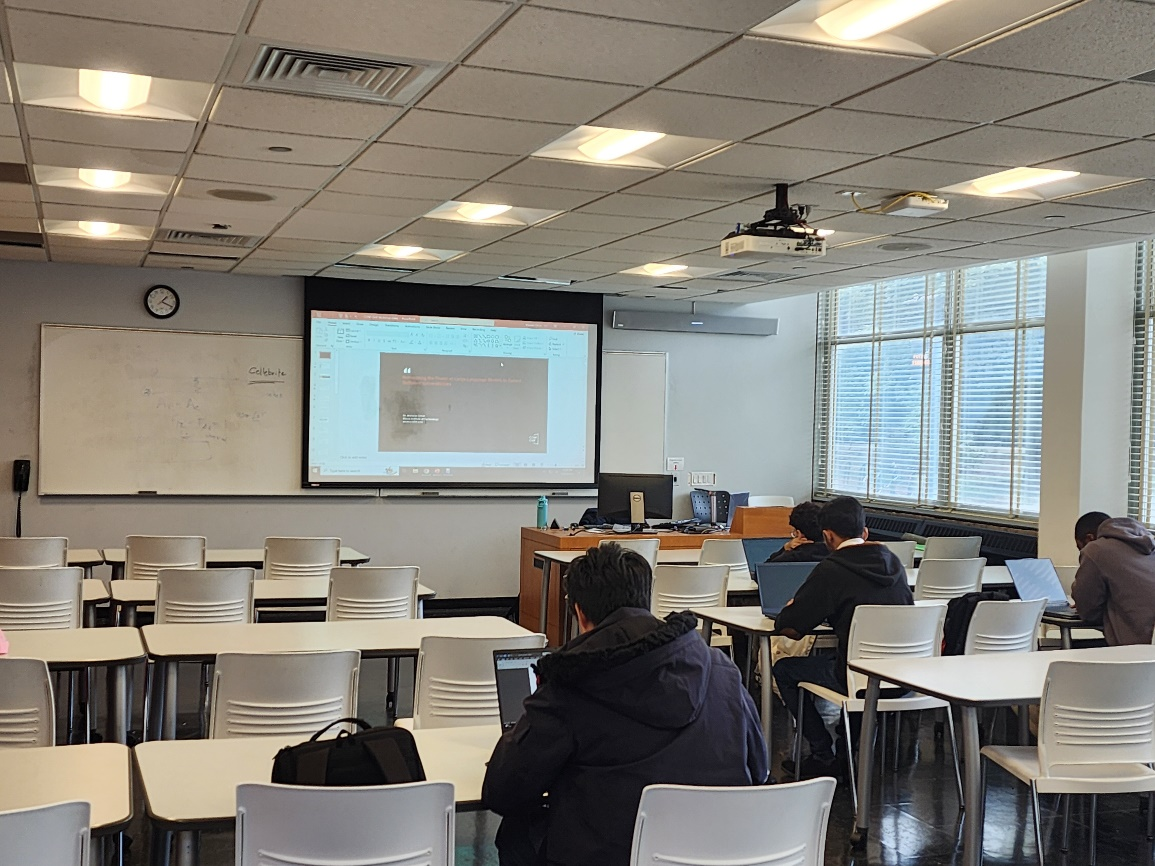
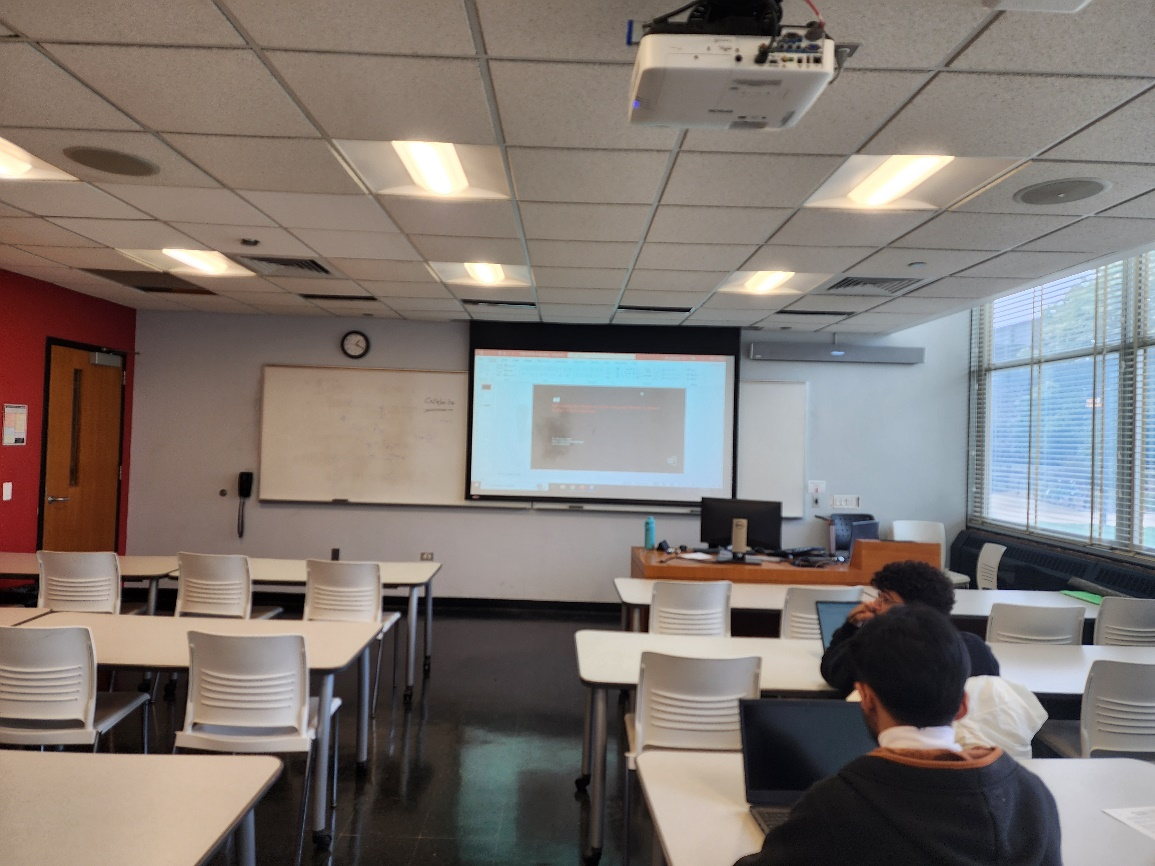
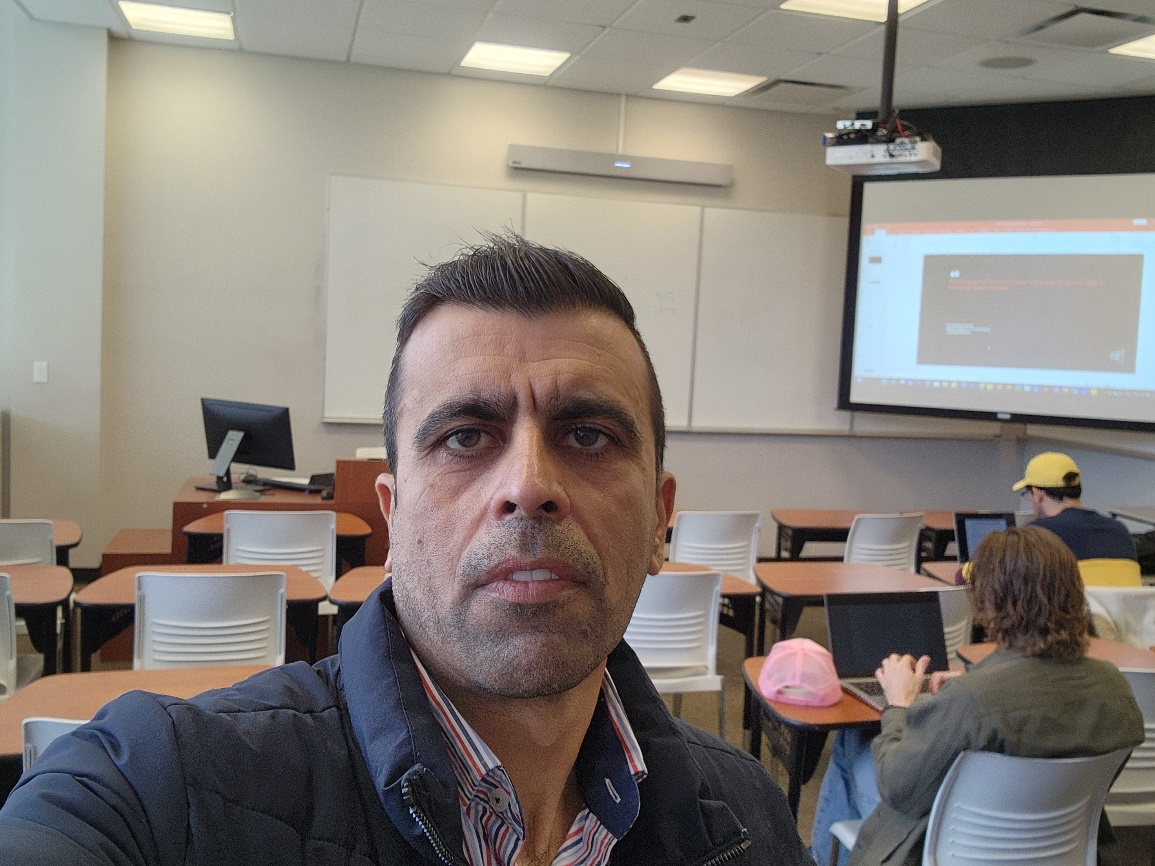
Department of Computer and Information Sciences, University of Strathclyde
Symposium Chair: Dr. Anil Fernando, Professor in University of Strathclyde
The symposium explored superposition-based quantum communication for image transmission, emphasizing the role of network resources in optimizing these systems. Discussions focused on integrating quantum networks with classical infrastructures to enhance transmission efficiency, scalability, and reliability.
We examined key challenges such as quantum channel capacity, entanglement distribution, and resource allocation for high-fidelity image transmission. Our research aimed to optimize network architectures by leveraging quantum superposition to maximize data throughput while minimizing interference and transmission delays.
Demonstrations using quantum communication emulators showcased how superposition states enable parallel transmission of image data, significantly improving bandwidth utilization. Participants engaged in hands-on activities to design quantum-assisted network systems and collaborated with experts from the quantum multimedia communications research group.
The symposium underscored the significance of network-aware quantum communication strategies, paving the way for scalable and efficient quantum networks. These advancements will support next-generation multimedia applications, including real-time medical imaging, satellite-based remote sensing, and immersive quantum-enhanced media streaming.
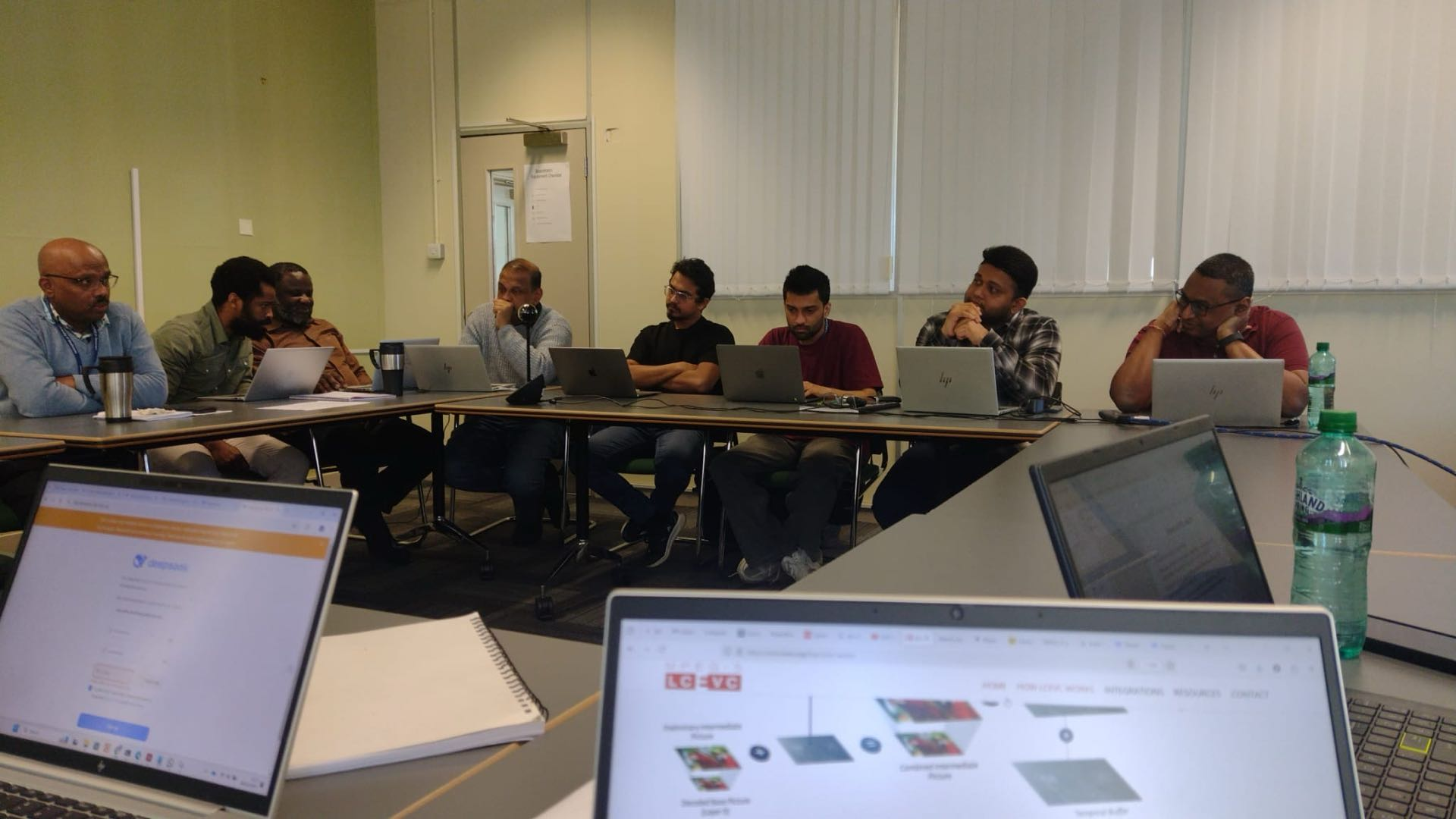
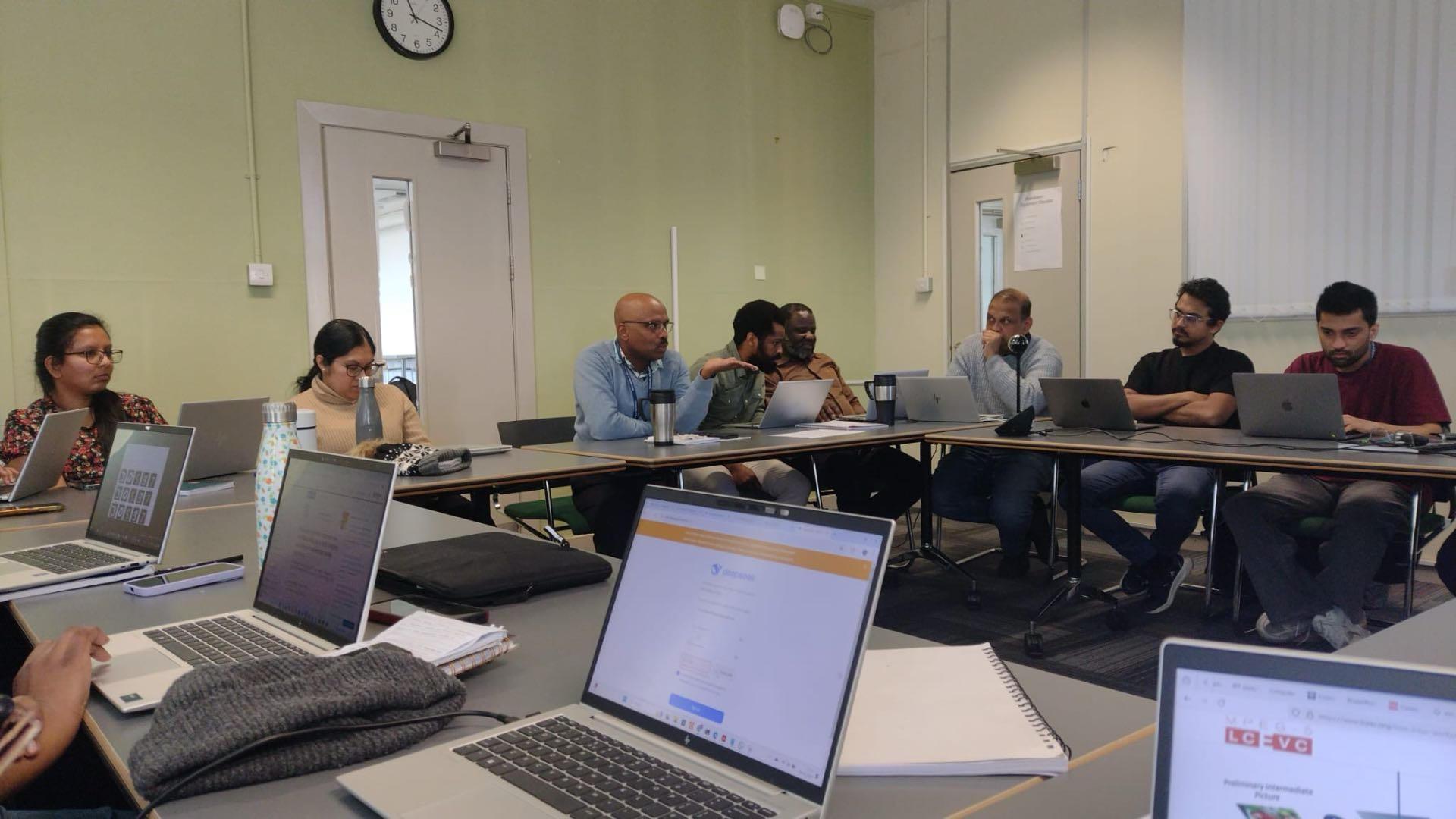
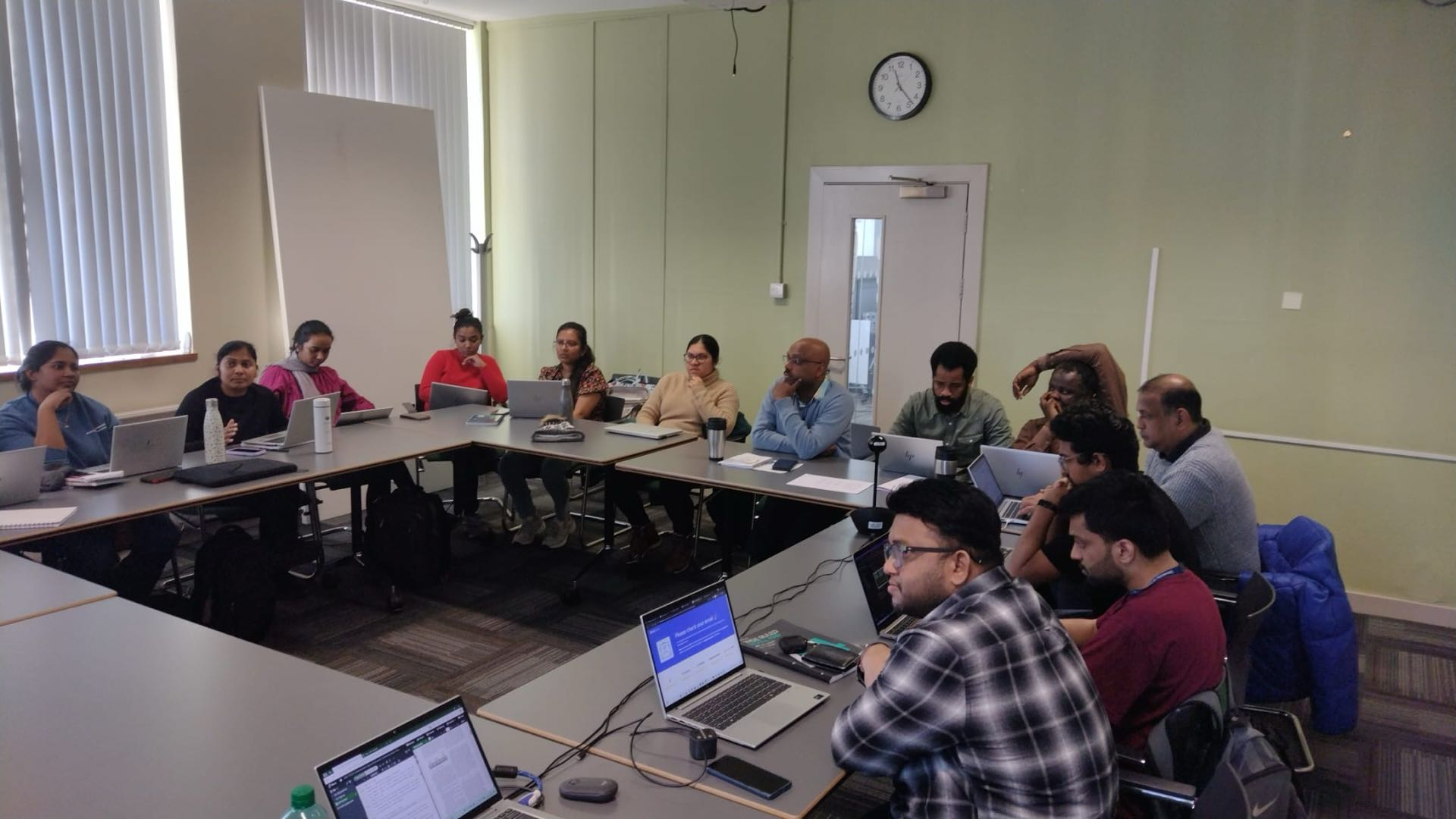

China Agricultural University Smart Sensing Group
Symposium Chair: Dr. Xinqing Xiao, Associate Professor in China Agricultural University
The Internet of Things (IoT) technology has already widely applied in our daily life, such as smart home, smart industry, smart agriculture. IoT includes many technologies with smart sensing, wireless communication, data process, artificial intelligence decision making, and database and so on. So many technologies have been developed rapidly and applied widely recently. Here, the symposium will examine some of the recent publications in leading journals that cover advanced technologies and applications about the IoT topics. We will also introduce some newest IoT technologies such as the advanced wireless sensing for mainly in smart agriculture such as the planting, breeding and food supply chain. The scholars (including doctoral and master students) from all disciplines and practitioners interested in the IoT technologies and applications are all encouraged to attend.
Online Session
The online session of the 4th International Conference on Computing Innovation and Applied Physics (CONF-CIAP 2025) was held on January 17, 2025. Dr. Anil Fernando from University of Strathclyde, Dr. Ella Haig from University of Portsmouth, and Dr. Marwan Omar from Illinois Institute of Technology have given keynote speech on related topics of mathematics and applied mathematics, applied physics, etc. Also, we invited authors of qualified papers to deliver oral presentations at the Online Session. Authors have presented their studies of applied physics, mechanical design, deep learning, etc. Questions from the audience were collected and answered by the presenters.
Highlights
Videos
You can find the Youtube Playlist Here.
Publications
Conference Proceedings
Accepted papers of CONF-CIAP 2025 were published in EAI Community Research Series - CORE (ISSN: 2593-7642) or Theoretical and Natural Science (TNS) (Print ISSN 2753-8818), and were submitted to EI Compendex, Conference Proceedings Citation Index (CPCI), Crossref, CNKI, Portico, Engineering Village (Inspec), Google Scholar, and other databases for indexing. The situation may be affected by factors among databases like processing time, workflow, policy, etc.
Title: EAI Community Research Series - CORE
Publisher: EAI
ISSN: 2593-7642
Title:Theoretical and Natural Science (TNS)
Press: EWA Publishing, United Kingdom
ISSN: 2753-8818, 2753-8826 (electronic)
